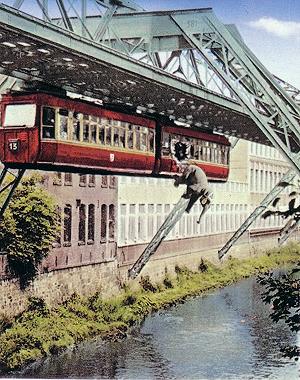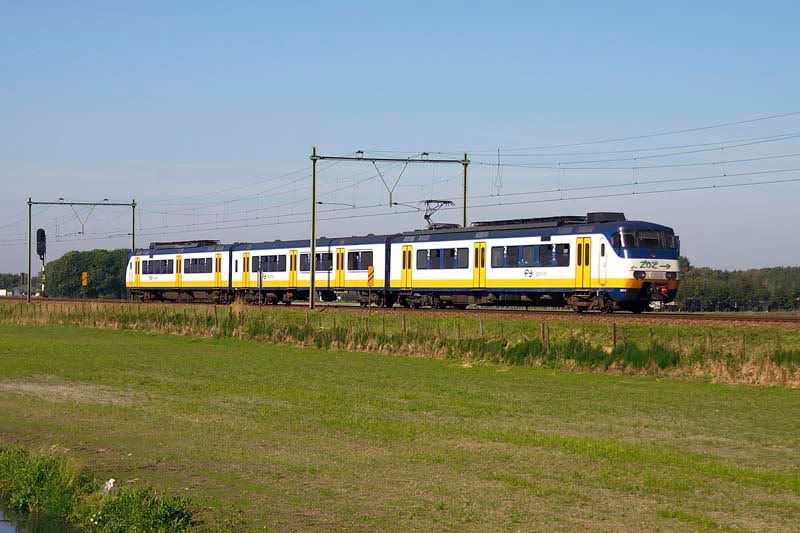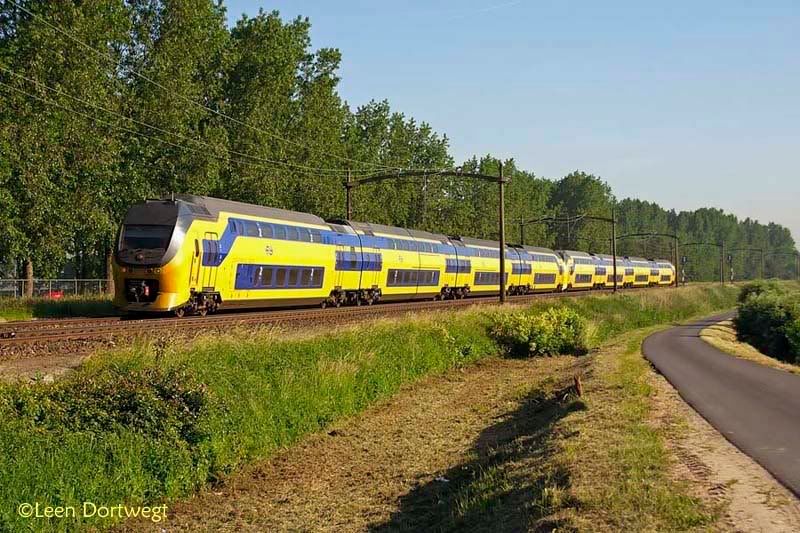A
AlchemisTO
Guest
Re: S-bahns
True. Toronto had one, and LA had the mother of all systems, but interurbans would more likely be predecessors to light rail. S-bahns are a form of heavy rail, with a higher capacity that operate on track shared with freight and long distance passenger trains.
The Lakeshore line is the most developed of all the lines, and could probably be converted to S-bahn operation relatively easily. The eastern leg of the Lakeshore line from Pickering to Oshawa is pretty much only missing the electrification aspect; everything else is already in place.
One thing I salivate over is selling the oceans of parking space that GO owns over to high density transit-oriented development. Right now, GO trains are basically an extension of the 400-highway system in that they're meant to be driven to, and overshoot every regional downtown except Brampton, Toronto and Hamilton.
Sean, you're right. GO needs a massive overhaul in management, or else an S-bahn system should be overseen by another agency.
p5: yeah, I share your cynicism about Toronto's transit strategy (which is an oxymoron). When I hear that building an idiotic viaduct across lower downtown gets press time but something like building a regional rail network isn't even up for discussion, I get a feeling that, despite all the talk, we are not serious about solving our most pressing issue at all and are completely bankrupt at generating sustainable ideas.
Vancouver and Seattle both had extensive "interurban" railways (as distinguished from smaller streetcars, which each also had). They died in the 1950s with the rise of the auto.
True. Toronto had one, and LA had the mother of all systems, but interurbans would more likely be predecessors to light rail. S-bahns are a form of heavy rail, with a higher capacity that operate on track shared with freight and long distance passenger trains.
The Lakeshore line is the most developed of all the lines, and could probably be converted to S-bahn operation relatively easily. The eastern leg of the Lakeshore line from Pickering to Oshawa is pretty much only missing the electrification aspect; everything else is already in place.
One thing I salivate over is selling the oceans of parking space that GO owns over to high density transit-oriented development. Right now, GO trains are basically an extension of the 400-highway system in that they're meant to be driven to, and overshoot every regional downtown except Brampton, Toronto and Hamilton.
Sean, you're right. GO needs a massive overhaul in management, or else an S-bahn system should be overseen by another agency.
p5: yeah, I share your cynicism about Toronto's transit strategy (which is an oxymoron). When I hear that building an idiotic viaduct across lower downtown gets press time but something like building a regional rail network isn't even up for discussion, I get a feeling that, despite all the talk, we are not serious about solving our most pressing issue at all and are completely bankrupt at generating sustainable ideas.







